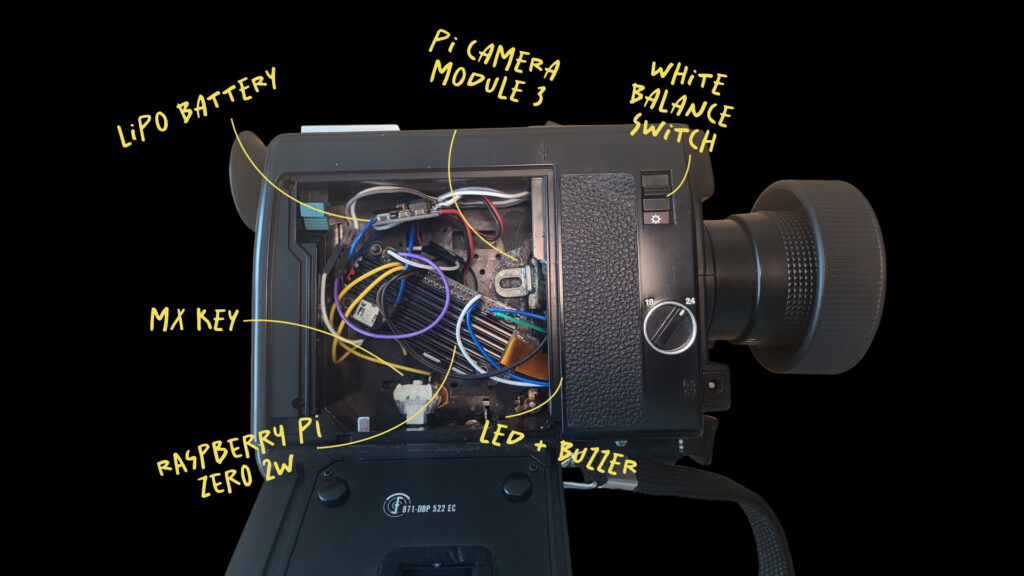
17 June, 2025
Rebuilding a Canon Super 8 with Raspberry Pi
17 June, 2025
Rebuilding a Canon Super 8 with Raspberry Pi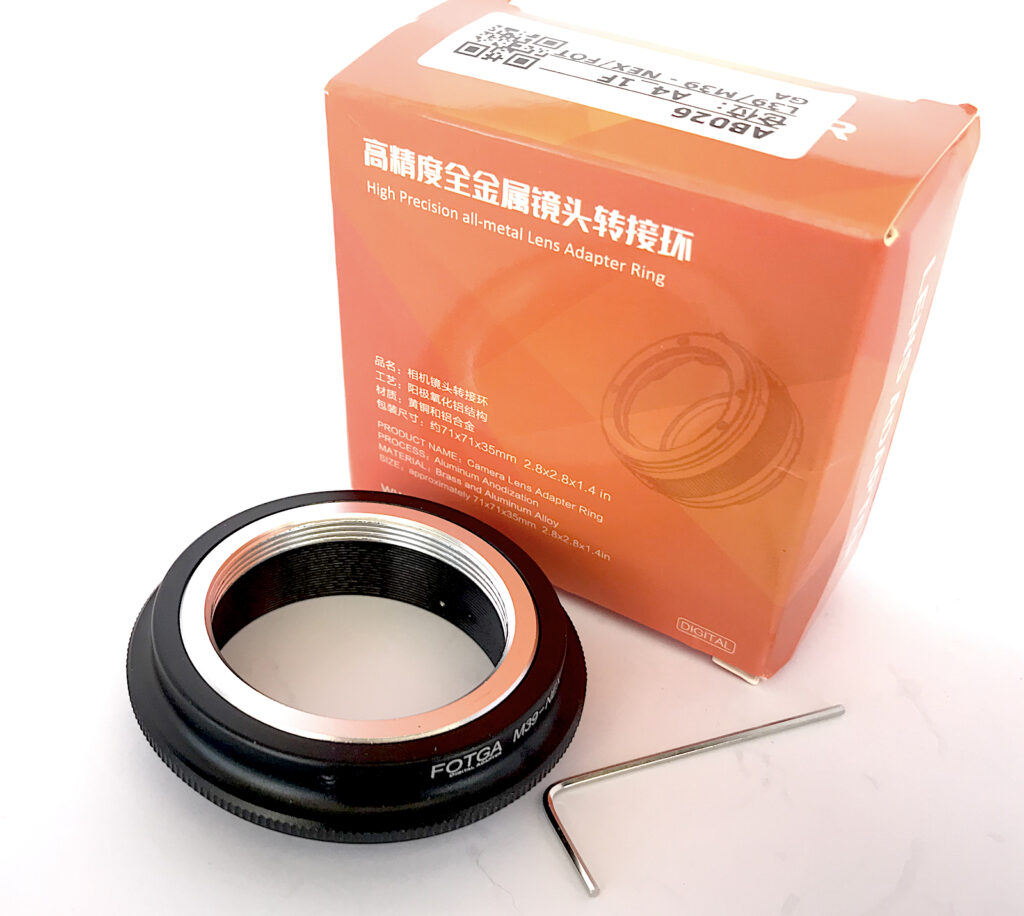
22 April, 2025
An Inexpensive Adapter on a Sony Mirrorless and Auto ISO.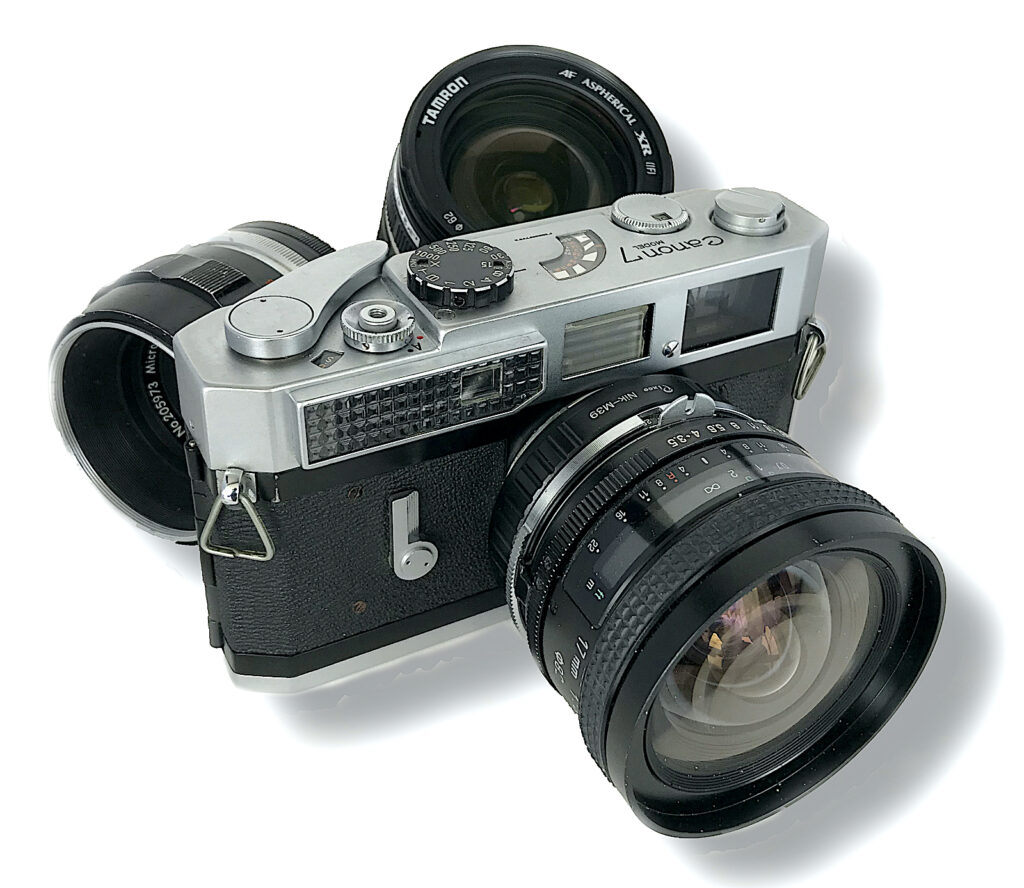
1 April, 2025
An F-mount to LTM lens adapter on a Canon 7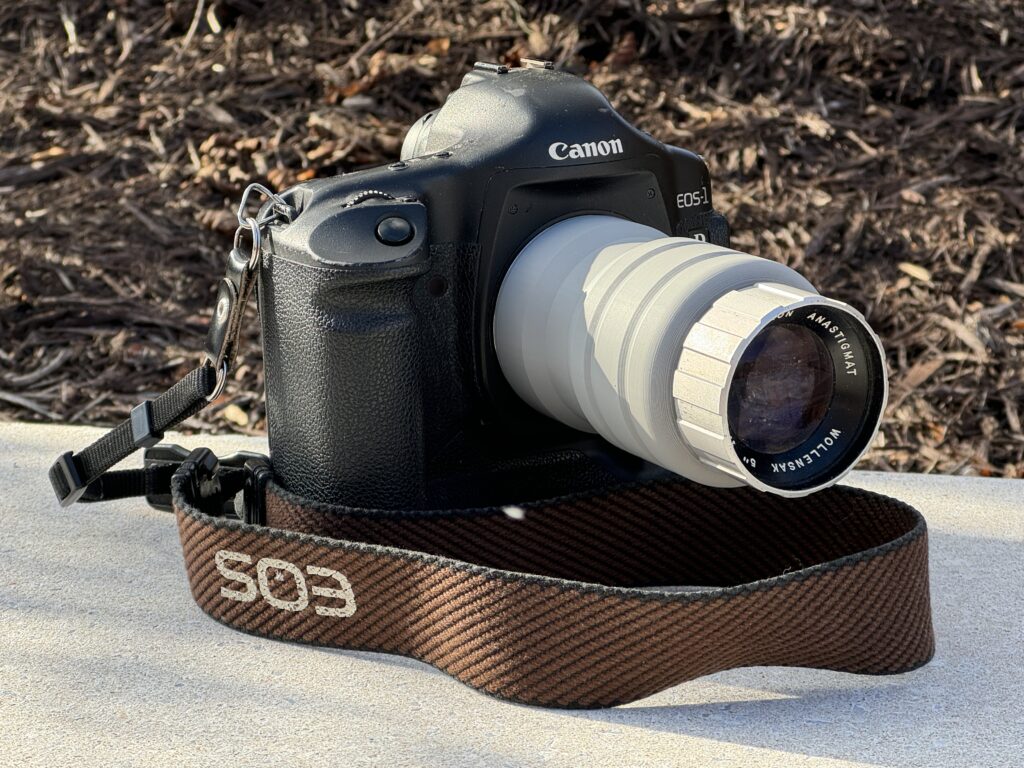
17 January, 2025
Wollensak 5″ f/3.5 Projector Lens Adapting Journey (and Failure)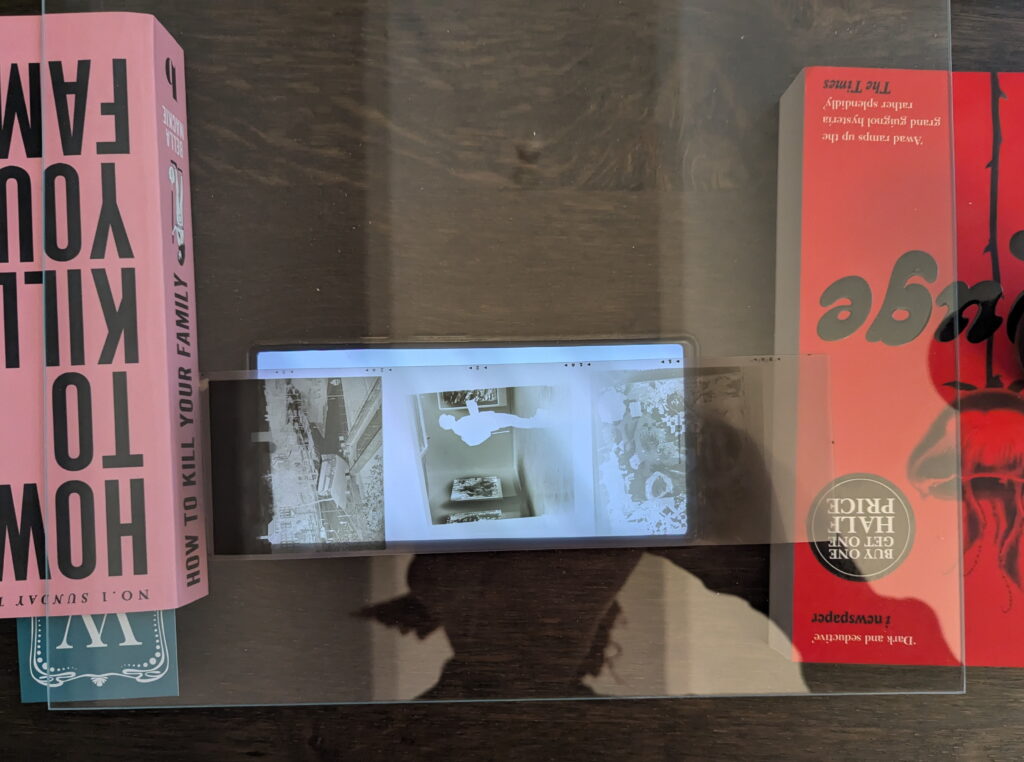
28 December, 2024
A Portable Scanner for Free – Another Quick Tip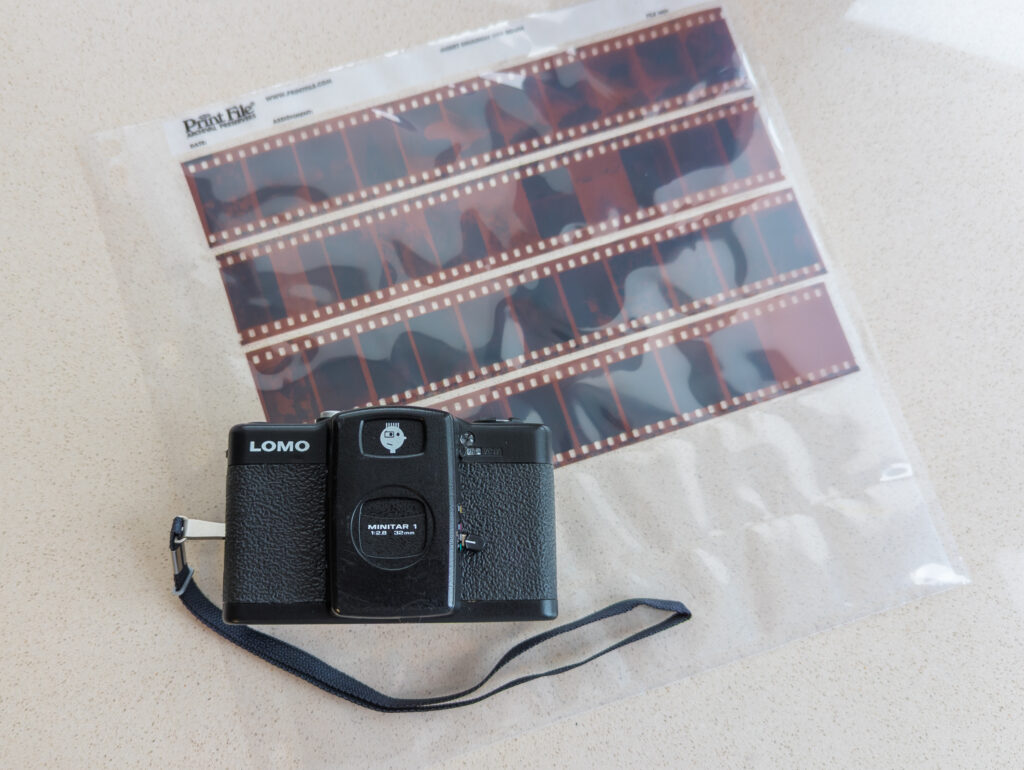
14 December, 2024
How I modded Lomo LC-A+ into half-frame camera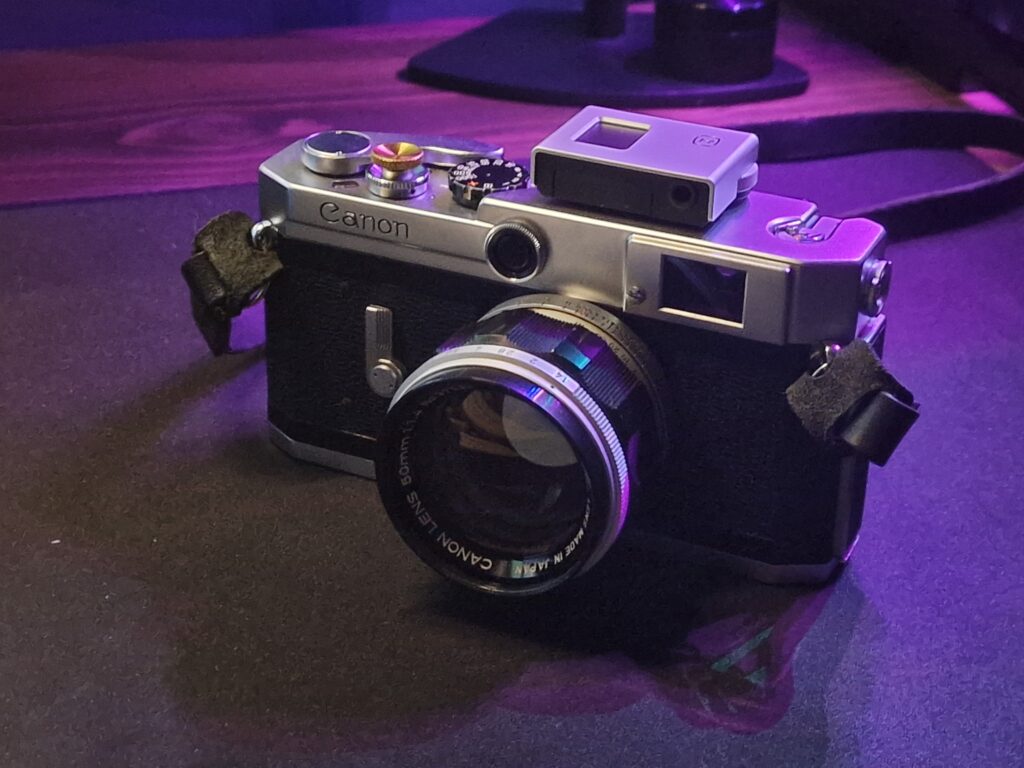
10 December, 2024
Rangefinder with glasses? A mod made from necessity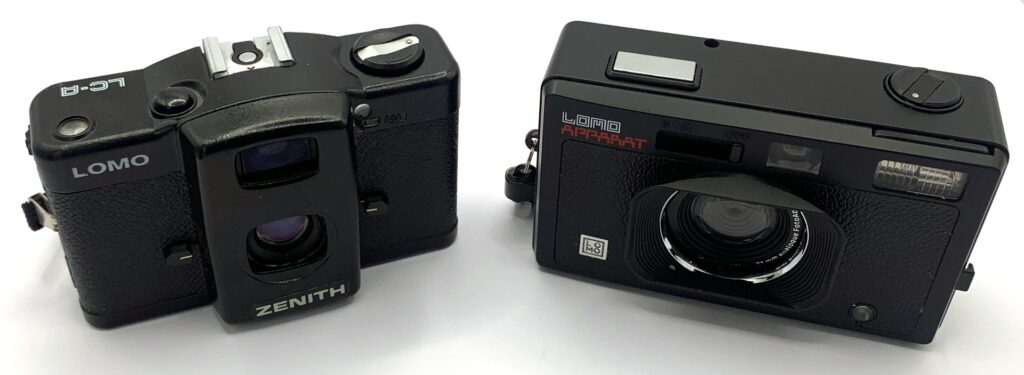
23 November, 2024
Two cameras with a common shortcoming
Photography & Projects
Looking for some inspiration, or just want to flick through the project work and photos?

Reviews & Experiences
If you're looking for photography equipment and peripheral reviews, this is the place to start!

Theory & Reflections
If you're looking for photography equipment and peripheral reviews, this is the place to start!

Tutorials & Knowhow
If you want to learn or discover a new technique, build on your skills, or be inspired to have a go at a bit of DIY or camera modification, then you’re in the right place.